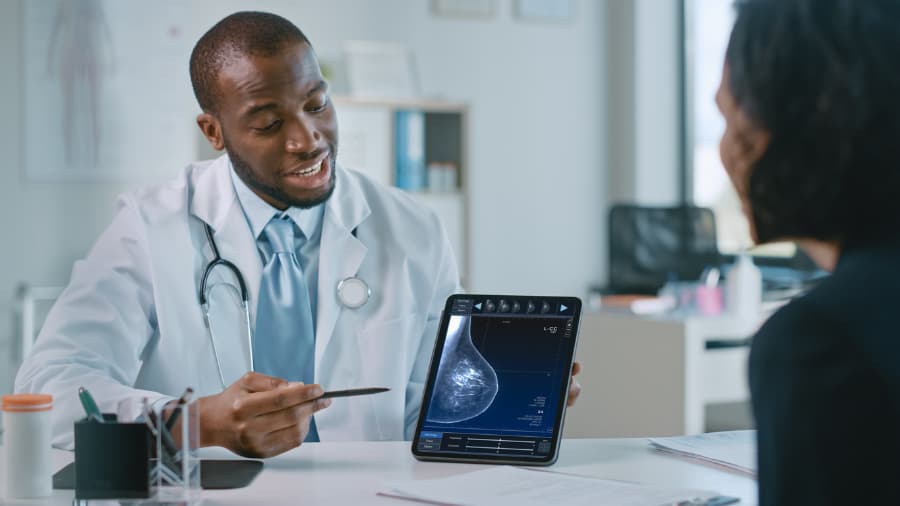If you notice a rash on your breast, it is probably best to get it checked by a physician or other medical professional. In rare cases, a rash on the breast can be an early symptom of inflammatory breast cancer (IBC). That is why making an appointment with a breast and women’s health specialist should be a top priority. A rash does not always mean cancer, and a practitioner can help sort out the causes and make any referrals that might be necessary. Learn more from Richmond University Medical Center, which provides examinations, imaging, and treatments for breast wellness.
Should You Be Concerned About a Rash on the Breast?
When a rash or changes to the skin on the breast and nipple do not fade or go away after a few days, it is a good idea to contact a breast care physician. IBC accounts for only 1% to 5% of all breast cancers, but one of the symptoms is a rash. There are several differences between other breast cancers and IBC:
- Causes visible redness and swelling on the breast
- Occurs in women younger than 40 years old
- Affects black women more often than other demographic groups
- Found in overweight or obese women more often
- Cancer cells may grow into the breast skin
- Lumps are not usually felt
Signs and Symptoms of Inflammatory Breast Cancer
IBC is an aggressive form of cancer, which is why a rash should be closely watched. If it persists for a few days, make an appointment for a medical checkup as soon as possible. Here are some of the most common symptoms:
- Discoloration covering a good part of the breast that looks red, pink, purple-red, or bruised
- Tenderness, itching, and pain
- Thickening of the breast skin that may resemble an orange peel
- Inverted or retracted nipple, or flatness
- Swelling of the breast skin, which may make one breast look larger than the other
- Heat and heaviness in one breast, or a burning sensation
- Swollen lymph nodes near the collarbone, or under the arms
Other Possible Causes for Breast Rash
Of course, rashes can be caused by too much heat, allergic reactions, and even insect bites. Watch your rash for a few days. Does it cover more than one-third of the breast? Have you been using a new soap, detergent, perfume, or household cleaner that might have caused a reaction?
Shingles can be another possible cause of a rash. If you did not receive childhood immunization against chickenpox and experienced this common childhood illness, the reactivated virus can cause shingles.
There are also several types of infections that may cause redness, pain, and swelling, including:
- Mastitis: This type of inflammation can occur during breastfeeding, although women who are in their childbearing years or who gave birth within five years are also susceptible to the condition.
- Fungal infection: This can appear especially on the lower part of the breast, where bras and clothing may create a warm and moist atmosphere. This type of infection includes thrush.
- Duct ectasia: Milk ducts are affected by increased elasticity, a condition often associated with menopause.
- Chronic skin conditions: These are usually not confined to the breast area, but symptoms of itching, flaking, and redness may be noticeable.
Whether the condition is treated with antibiotics, anti-fungal medications, or compounds to soothe skin irritations, it is best to make an appointment for an examination. A physician can rule out IBC or other cancers and prescribe tests or medications. If cancer is found, it is always best to find it early and start treatments as soon as possible.
Receive Regular Preventive Breast Care at Richmond University Medical Center
The Breast Imaging Center is an important part of the comprehensive care provided at Richmond University Medical Center in Staten Island, New York. Self-exams and regular mammograms for women over 40 years old are recommended. Being aware of any changes, such as a rash on the breast, is key to early detection and better treatment options. For more information about breast cancer prevention or to make an appointment, contact us today.




